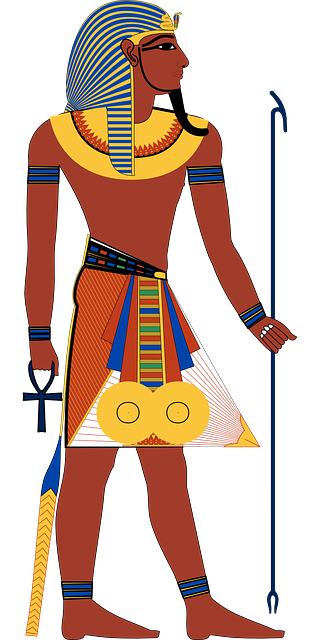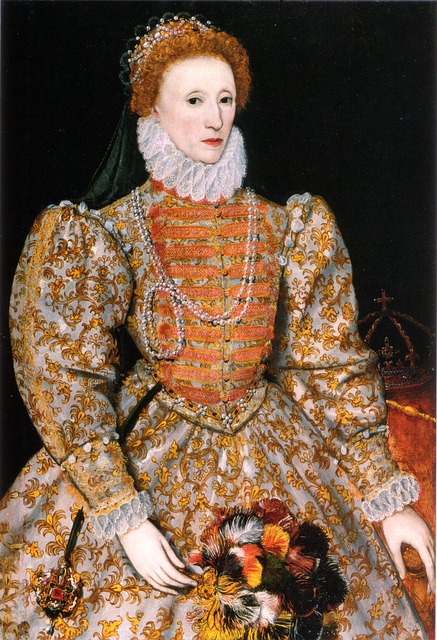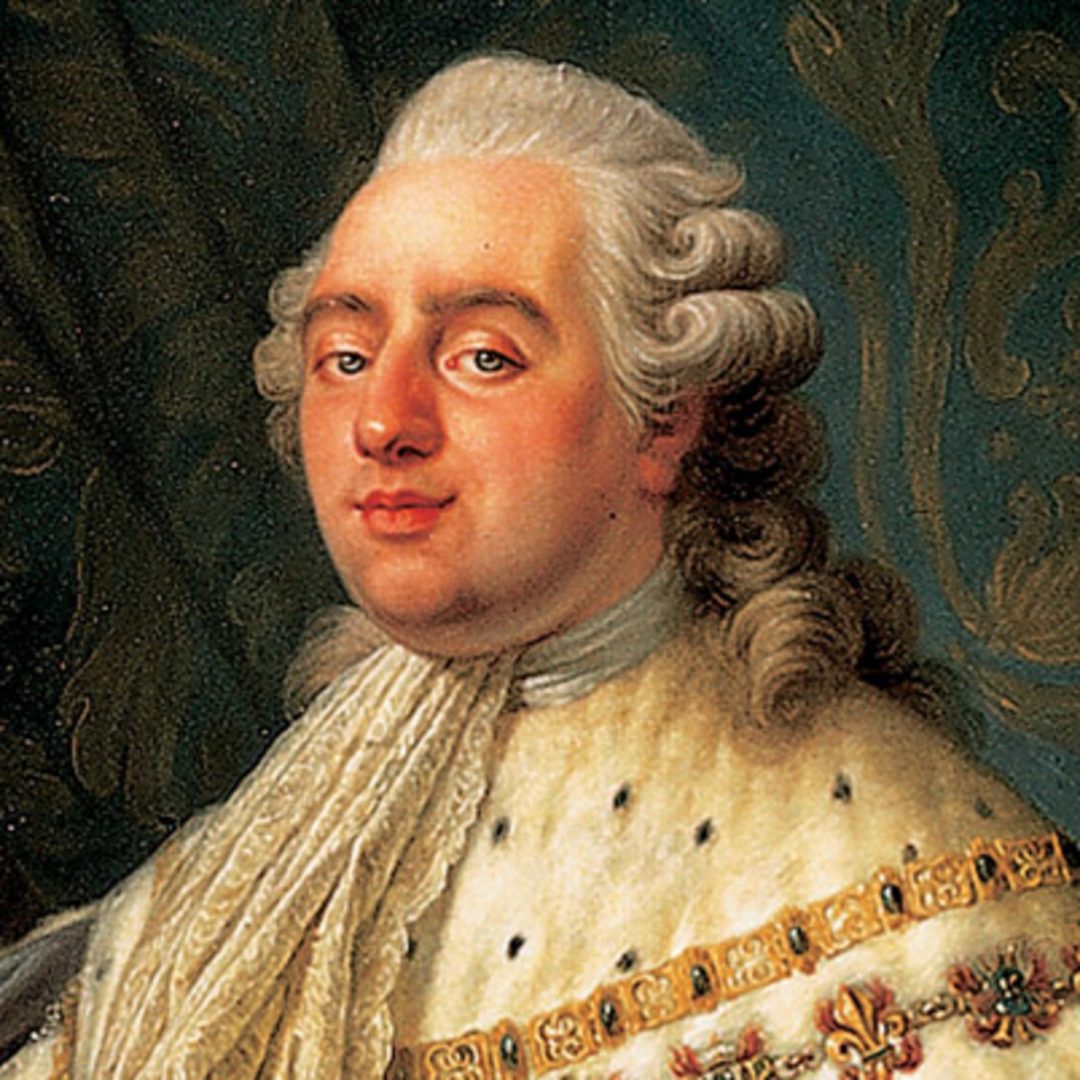From 4000 BC to today: the fascinating history of men’s make-up
Nowadays, it is the first time in many centuries that a man using makeup products is not an absolute taboo. Thanks to social media and the emergence of male beauty influencers like Manny Gutierrez and Bretman Rock, makeup is in the early stages of becoming a more gender-inclusive practice. However, this concept shouldn’t come as a surprise to us, as it is something that has been going on since ancient times.
For generations, makeup has been treated as an exclusively female affair. But we forget that things were not always like that! For millennia, from 4000 BC to the 18th century in particular, men used make-up products in a myriad of ways. It wasn’t until the mid-1800s that makeup began to appeal only to the female sex. At the time, Queen Victoria I renounced the use of make-up products, describing it as vulgar and lewd, a view supported by the Church of England. By both the crown and the church, make-up was considered an abomination and its application by men was stopped, as it was associated with arrogance and femininity.
But let’s start from the beginning!
Ancient Egypt

Masculinity in ancient Egypt was particularly important. And to be precise, make-up played an important role in its promotion! As early as 4000 BC, men were using black paint to create elaborate shapes in their eyes. A few millennia later, we see black kohl eyeliner, metallic green malachite shadows, lipstick and blush made of red ochre, even glitter made of beetle spines! All this, however, was not simply to make someone look more attractive in the eyes of the people, but to impress the gods themselves. The green shade was invoked by the gods Oros and Ra and was believed to ward off disease!
Ancient Rome

Jumping back to the first century AD, we find the ancient Romans paint their cheeks and lips red and open their skin with powders. They also used a mixture of pig’s blood and fat to paint their nails (I’ll never complain again that my nail polish stinks). Finally, men in ancient Rome used to dye the skin on their heads to cover any spots of thinning hair!
Queen Elizabeth I

During the reign of Elizabeth I, make-up was particularly popular with the male sex. The trend of the time was pale, almost white, heavily powdered leather. Unfortunately, in cosmetics at that time, lead (!) was a very common ingredient, resulting in serious side effects such as severe headaches, nausea, blindness or even death!
18th century – France

Thanks to Louis XVI, the era was flooded with make-up and hair care products . It is, after all, common knowledge that Louis went bald from the age of 23. As a result, the French aristocracy is “forced” into a wig frenzy. Also, the men of the royal court used powders, painted their cheeks and decorated their faces with fake olives.
Hollywood 1930
After a long time that men’s makeup has been relegated to the dustbin (see Queen Victoria I) , it’s coming back to the surface! As the modern film industry takes off in Hollywood, the well-groomed male face takes on a new meaning. A typical example of the era is Clark Gable, whose stylized look is perhaps the first example of metrosexual beauty.
1970 and 1980
Moving on to the 20th century, one can certainly not say that men’s makeup is commonplace. It is mostly found in rock stars and artists such as Prince, David Bowie and Boy George. At that time, however, many of the legendary male make up artists we know today came into the game. The late Way Bandy started his career in 1967, with Kevyn Aucoin following in 1982 as did many more after them!
Beginnings 2000
As American pop culture unfolds, names like Pete Wentz, Jared Leto and Adam Lambert introduce us to the term “guyliner“. A look very popular among pop-punk bands and their fans. The concept of “metrosexuality” is coming back and the big cosmetics companies start to launch targeted make-up products specifically for men (Yves Saint Lauren launches the “masculine” version of the famous Touche Éclat in 2008).
2010
Maybe men’s makeup is still by no means an everyday thing. But social media has allowed male beauty gurus to express their artistic concerns with a global reach, helping to break down centuries-old stereotypes. Major beauty brands such as Covergirl and Maybelline, announce for the first time men as the faces for their campaigns
Today
Barnes, the famous makeup artist who works with J. Lo, tellsByrdie that “makeup has evolved over the years. In the past it was only intended to be used on stage or on television. Now men are using bronzers, concealers and all sorts of other products to make blemishes and so on disappear. They have found a simple way to incorporate it into their daily routine without any stigma behind it.”
Barnes also points out that what we are used to seeing in Western culture is not necessarily what is happening in the rest of the world.
“The youth of Japan, for example, have always used make-up products as a way of expression and entertainment, without any gender-specific rules. Makeup doesn’t always mean femininity… not in our time.”
Campaigns from companies like Milk Makeup that are unisex are helping to overturn the rule that makeup “is a woman’s occupation”.
So we understand that this industry is changing and evolving rapidly, stereotypes and “rules” are about to be broken down and any art that is a mode of expression cannot, and never could in reality, be segregated on the basis of gender.
Source : Byrdie

